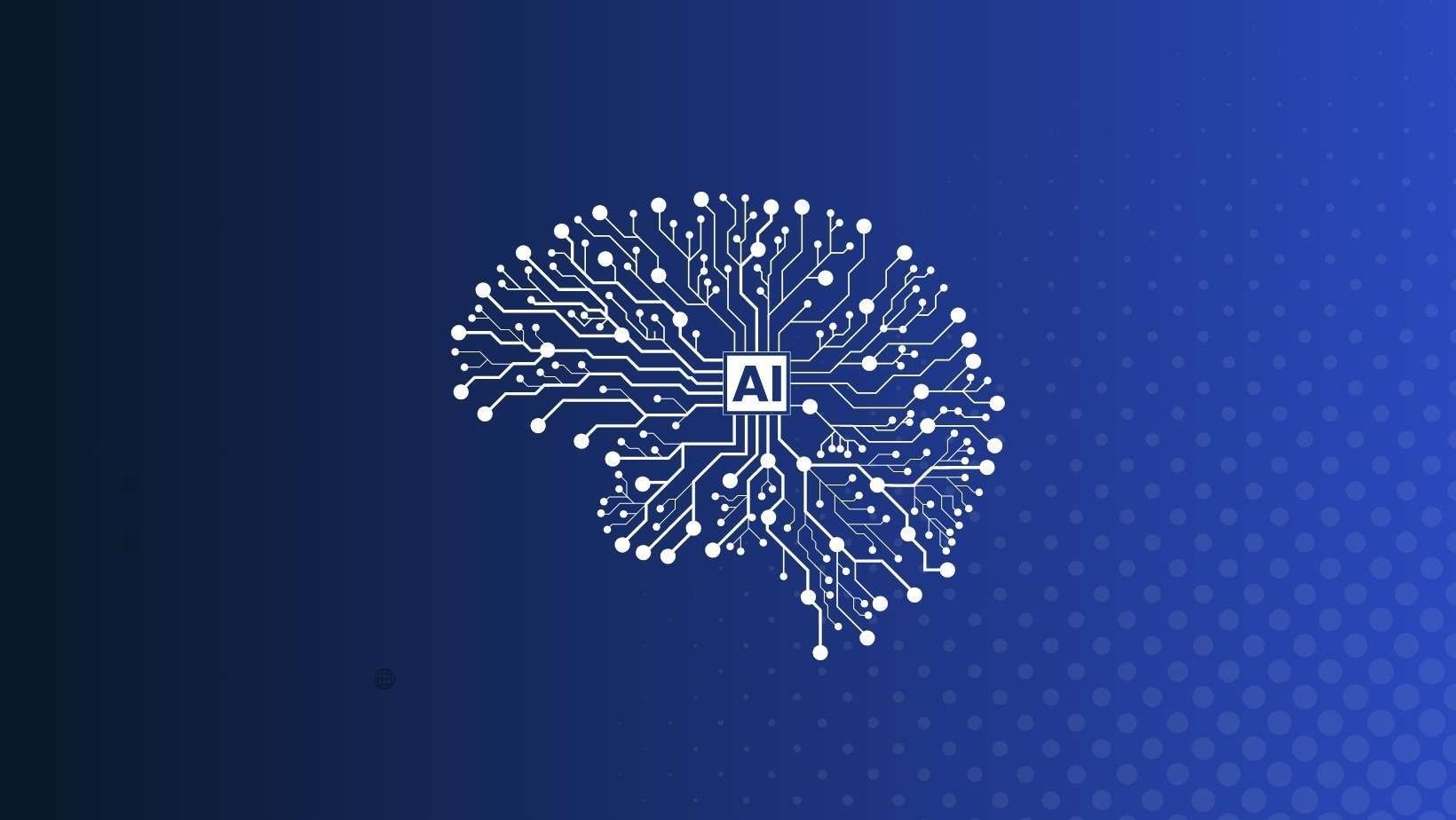Accelerating Simulation with Dyad (Formerly JuliaSim) AI: Surrogates, Optimization, and Control

Modern simulation workflows face critical bottlenecks from computationally expensive models, fragmented tools, and the complexity of integrating AI/ML components. Dyad (Formerly JuliaSim) AI, powered by advanced surrogate modeling, AI-enhanced optimization and high-fidelity controls engineering, addresses these challenges to accelerate simulation workflows while maintaining a high level of accuracy.
This blog post explores how Dyad (Formerly JuliaSim) AI refines model analysis through:
- Surrogate modeling – Leveraging AI to create faster, data-driven approximations of complex systems.
- Optimization (JSMO) – Enhancing design and decision-making with efficient mathematical optimization techniques.
- Control systems (DyadControl) – Implementing adaptive control strategies for real-time system refinement.
Traditional physics-based simulations are computationally expensive, requiring extensive solver time for high-fidelity models. Surrogate modeling addresses this challenge by creating fast, approximate models that maintain accuracy while significantly reducing simulation time.
Advancements in Surrogate Modeling with Dyad AI
Dyad AI enables engineers to build and deploy surrogates efficiently through:
- Automated Surrogate Training – Minimizing manual effort with tools that generate and train models based on simulation data.
- Active Learning for Efficient Model Refinement – Using adaptive sampling to intelligently focus on high-variance regions in the parameter space, improving accuracy where it matters most.
For instance, the platform can:
- Generate millions of parameter samples across the input space
- Apply quasi-Monte Carlo techniques to pinpoint underrepresented regions
- Iteratively retrain models to close accuracy gaps
Surrogate modeling has been successfully applied in:
- Aerospace and Automotive Engineering – Accelerating aerodynamic simulations by replacing expensive CFD (Computational Fluid Dynamics) solvers with high-fidelity surrogates.
- Battery and Energy Systems – Enabling real-time energy management by predicting performance and degradation with machine-learning-enhanced surrogate models.
- Biomedical Simulations – Speeding up pharmaceutical modeling by replacing computationally intensive simulations with AI-driven approximations.
Optimization with JSMO: Smarter Decision-Making
Once efficient surrogate models are in place, optimization techniques further refine designs and improve system performance. Dyad’s (Formerly JuliaSim) Optimization Engine (JSMO) provides:
- Nonlinear and Stochastic Optimization – Handling complex, real-world constraints where classical methods fall short.
- Multi-Objective Optimization – Balancing competing performance metrics to achieve the best trade-offs.
- Gradient-Based and Gradient-Free Methods – Leveraging the most effective approach depending on the problem structure.
JSMO accelerates design cycles through three key innovations:
|
Capability |
Impact |
|
Uncertainty-Quantified Calibration |
Simultaneously fit models to 50+ datasets with probabilistic error bounds |
|
Universal Differential Equations |
Automatically discover missing physics via symbolic regression of neural network terms |
|
Hybrid Surrogate/Physics Workflows |
Optimize 100x faster using mixed-fidelity techniques |
Example Use Cases
- Formula 1 & Motorsport – Optimizing aerodynamics and vehicle control for real-time racing performance.
- Robotics & Industrial Automation – Improving efficiency in robotic path planning and manufacturing workflows.
- HVAC System Design – Reducing energy consumption while maintaining optimal thermal comfort in buildings.
DyadControl: Adaptive Control for Real-Time Systems
While optimization refines designs, real-world systems require continuous adjustment. DyadControl enables the development of adaptive and model-predictive control (MPC) strategies, ensuring systems can:
- Respond dynamically to changing conditions (e.g., wind variations in drones or load changes in power grids).
- Improve safety and efficiency by reducing reliance on fixed-rule-based controllers. Integrate AI-driven control adjustments to enhance autonomous decision-making.
Applications of DyadControl
Aerial Vehicles – Implementing adaptive flight control for drones and autonomous aircraft.
Energy Systems – Optimizing battery management and smart grid operations.
Manufacturing Robotics – Enhancing precision and stability in robotic motion planning.
AI-Powered Simulation for the Future with Dyad’s (Formerly JuliaSim) Composable Architecture
Dyad’s (Formerly JuliaSim) composable architecture enables unprecedented workflows:
- Build models in ModelingToolkit.jl or import existing DifferentialEquations.jl code
- Accelerate critical components with physics-grounded surrogates
- Optimize parameters using global sensitivity analysis and UDE discovery
- Deploy controls with assurance of numerical stability
By unifying these capabilities in a cloud-native environment, Dyad (Formerly JuliaSim) reduces time-to-solution from months to days while maintaining scientific rigor – a paradigm shift for engineering simulation.
Dyad (Formerly JuliaSim) AI not only accelerates simulations but also improves decision-making, and enhances real-world system performance. Whether in aerospace, energy, robotics, or biomedical applications, Dyad’s advanced modeling tools are transforming how engineers and scientists analyze, optimize, and control complex systems.
Ready to unlock the power of AI-driven simulation? Get in touch to learn how Dyad (Formerly JuliaSim) AI can accelerate your modeling workflows.

.jpg)
